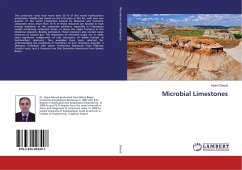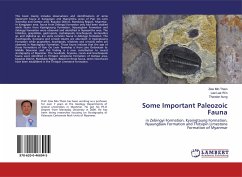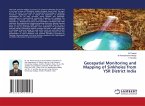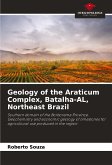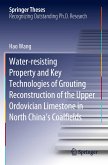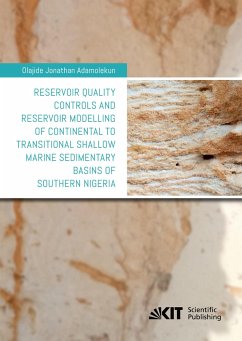The carbonate rocks host more than 50 % of the world hydrocarbon production. Middle East stands on the first place in this list, with over one quarter of the world production hosted by Mesozoic and Cenozoic carbonate rocks; more than 70 % of these resources are located in high energy sediments of the carbonate platform, especially in Cretaceous rudists containing carbonate facies, or along the major fractures in the limestone deposits. Besides petroleum, these reservoirs also contain large amounts of natural gas. The limestones of microbial origin are in many cases significant components of reef structures, of similar interest as hydrocarbon reservoirs. Two examples have been selected for understanding the conditions of formation of such limestone deposits: a Mesozoic formation (the Lower Cretaceous limestones from Padurea Craiului area), and a Cenozoic one (the Sarmatian limestones from Simleu Basin).
Bitte wählen Sie Ihr Anliegen aus.
Rechnungen
Retourenschein anfordern
Bestellstatus
Storno

